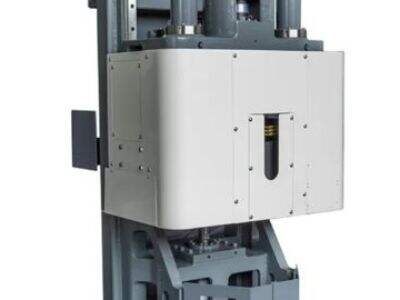What is Precision Tooling of a Mold Base?
Precision tooling is this important technique where you use bespoke tools and machined components to achieve that very high accuracy and correctness of parts. Precision tooling is essential when it comes to mold bases which also implies that it should produce quality products and moulds. Mold bases serve as the foundation or starting point for producing parts in plastic or metal materials. So, when the tooling in these mold bases are manufactured accurately, it makes sure that the final products are well shaped and manufactured, which leads to accurately shaped products. This accuracy is what allows manufacturers to develop products that perform and fit beautifully.
All the significant plays of best die cast dies
Die cast dies are molds which shape hot metal into form, as we use cookie cutters to cut out dough shapes. There are various components that work together to produce the final product that we desire. Key elements of die cast dies include the cavity (the area where the molten metal flows to take its form) and the ejector pins that push the cooled and solidified part out of the mold. Ensuring all these components are working well means that you can ensure the die cast dies are performing to their maximum. This leads to fewer errors and a better quality of products.
Practical Suggestions for Maintaining the Condition of Mold Bases
If you need to do a good maintenance or a repair on it, you should stick to some of the best practices to maintain mold bases in great shape. Proper care for mold bases This includes regular cleaning and checking of the molds for mold bases. Repair or replace any broken or worn parts in the mold bases immediately to avoid issues during the production process. However, in order for your production to run smoothly, your mold bases need to be properly maintained and repaired, and this only comes through clean and efficient maintenance practices.
Optimizing Efficiency Processes with Precision Tooling Methods
Precision tooling techniques are specialized methods for disassembly and inspection of the tooling used in the mold bases and die cast dies. These techniques can help ensure that the tooling is functional and identify any issues to be corrected. Separating and checking mold bases and die cast dies, such as parts, helps you to see the signs of wear, tear and damage that may occur well in advance. This way, you can avoid the mistakes before they impact your product quality. Doing so helps streamline your production rate and makes it quicker.
How to Extend the Life of Your Mold Bases and Die Cast Dies
Here are useful tips to ensure your mold bases and die cast dies last long. First,high speed vertical injection molding machine regularly cleaning and lubricating the parts will keep not only the rust from forming, but also the wear over time. Another thing to do is store the mold bases and dies in a dry, cool environment when they're not in use, to keep them in shape and prolong their lifespan. factors such as using appropriate materials and techniques while working with mold bases and die cast dies are also critical in preventing the components from experiencing undue stress. However, by properly maintaining your tooling and following these tips, you can prolong its lifespan to obtain maximum performance for the investment that ultimately reduces both your time and capital cost.
In short, the role of precision tooling is high in the production of high-quality products using mold bases and die cast dies. Actual Article: Get an understanding of the prominence of precision tooling in mold bases, key components of die cast dies for the best performance, best practices for keeping mold bases in top condition, how to use precision tooling techniques to maximize efficiency, and tips to ensure the longevity of your mold bases and die cast dies; so that your production process is running smoothly and seamlessly. By paying close attention and taking great care, you can ensure that your mold bases and die cast dies can help render excellent products for many years to follow. This meticulous approach is vital for success in manufacturing.

 EN
EN
 AR
AR
 BG
BG
 HR
HR
 CS
CS
 DA
DA
 NL
NL
 FI
FI
 FR
FR
 DE
DE
 EL
EL
 IT
IT
 JA
JA
 KO
KO
 NO
NO
 PL
PL
 PT
PT
 RO
RO
 RU
RU
 ES
ES
 SV
SV
 TL
TL
 IW
IW
 ID
ID
 SR
SR
 SK
SK
 SL
SL
 VI
VI
 GL
GL
 HU
HU
 TH
TH
 TR
TR
 FA
FA
 GA
GA
 CY
CY
 IS
IS
 KA
KA
 LA
LA
 MI
MI

